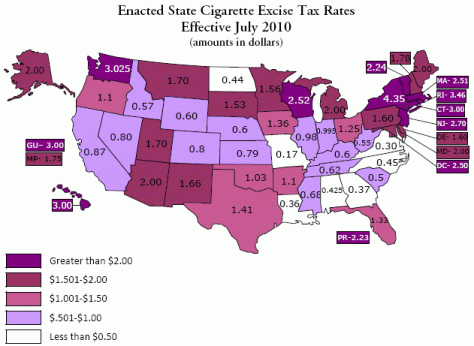
Great news again.
For the first time in five years, not only did teen smoking drop this past year, but the teen vaping rate also dropped … and by quite a bit.
This is according to figures released last week by the Centers for Disease Control.
Teen vaping use had increased dramatically from 2011 to 2015 (from less than 2 percent to 16 percent in just four years). Why? Kids were seeing lots of advertising in teen magazines and on TV making e-cigs look cool and hip … and harmless. In the long run, despite an initial investment, they’re cheaper than cigarettes. And most of all, they used to be really easy to buy — and still are pretty easy to buy online.

From 2015 to 2016, teen vaping actually dropped a bunch, from 16 percent to 11.3 percent. That’s roughly a 30 percent decrease.
Meanwhile, teen smoking dropped to an all-time low of 8 percent (high school students). Man, when I first started this blog over on blogspot 10-12 years ago, the teen smoking rate was still 22.5 percent. It frustrated the crap out of me because year after year, it refused to drop.
Amazingly, 19 years ago, it was over 35 percent! (Thanks, Joe Camel). Now, it’s down to 8. That is roughly a 72 percent decrease in 19 years. And the combined teen smoking/vaping/chewing rate (essentially any tobacco product) is down to 20.2 percent.

the past couple of years have been frustrating, as well. While it was great to see the the smoking rate among teens dropping dramatically, the teen vaping rate was increasing during that time just as dramatically. What that meant is that roughly the same percentage of kids were still getting addicted to nicotine, but that they had just discovered a new delivery system.
Matt Myers, from the Campaign for Tobacco-Free Kids responds: “This is unimaginable, extraordinary progress. This is a change of a cosmic nature that has the potential to dramatically impact lung cancer, heart disease, asthma and other problems.”
Robin Koval with the Truth Initiative said these latest numbers might be showing that smoking its on its way out for good. Cigarette smoking has really dropped dramatically just in the past five years for a variety of reason — the popularity of vaping, cigarette taxes, the stigma of smoking and smoking bans being the main reasons.
I want to make it clear, I don’t have a problem with adults vaping, especially if it’s helping them quit smoking. I do have a problem with teenagers getting hooked on nicotine to begin with via vaping. And I really have a problem with some of the reckless advertising being done by vaping brands. It’s still nicotine and it’s still one of the most addictive substances on the planet.
Anti-tobacco advocates had a variety of theories behind the dramatic dropoff in teen vaping (one advocate suggested that the experimental allure of e-cigs has worn off). I have a theory that I think more vendors are cracking down on selling vaping products with an ID … and more states are not allowing vaping products to be sold to teens or even to people under 21. This Washington Post article points out that the feds sent out more than 4,000 warning letters to retailers cautioning them against selling e-cigs to minors.
Anyway, it’s looking good for the moment, though the FDA has delayed implementing regulations over e-cigs … and who knows what the Trump administration is going to do on this issue. I have zero trust in them.



















